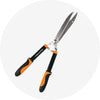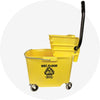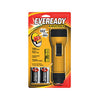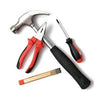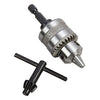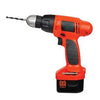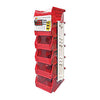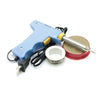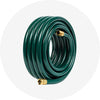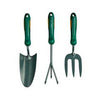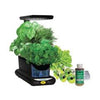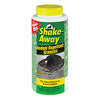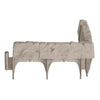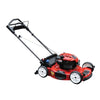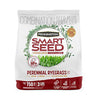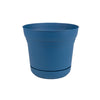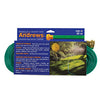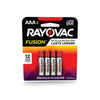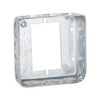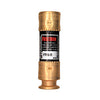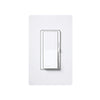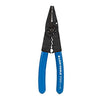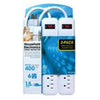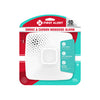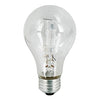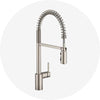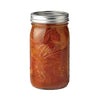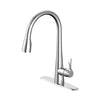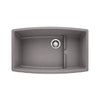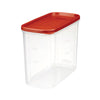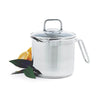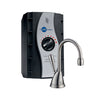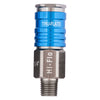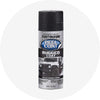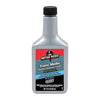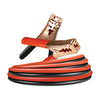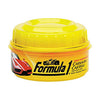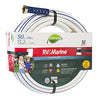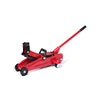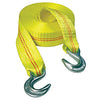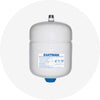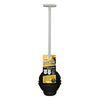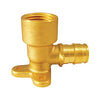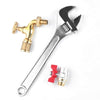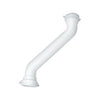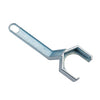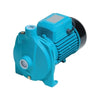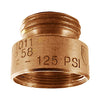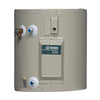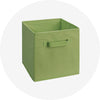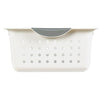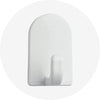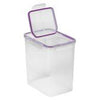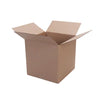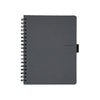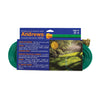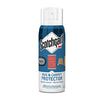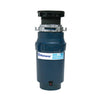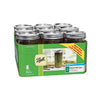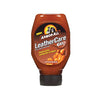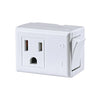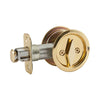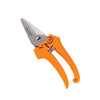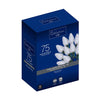Learn when to apply crabgrass preventer
∙ min read

Crabgrass is a weed that appears every year and is often found in lawns. It is a low-growing, spreading plant that can quickly take over a property if left unchecked. Crabgrass has a broad, flat leaf blade and produces long, branched stems that can root at the nodes, allowing the plant to spread and form dense clumps.
One of the main characteristics of crabgrass is its ability to germinate and grow in warm climates, which makes it a common problem in many regions of the world. In addition, it tends to thrive in areas with poor soil and can spread rapidly if the lawn is not well maintained or in places without grass.
Although crabgrass can be unsightly and difficult to control once established, it can be prevented with proper lawn care practices such as mowing, lawn fertilizers, and regular watering. In addition, pre-emergent herbicides can be applied in early spring to prevent crabgrass seeds from germinating and taking root in the lawn. If crabgrass is already established in the lawn, post-emergent herbicides may need to be applied to control its growth.
The best time to apply the crabgrass preventer
The best time to apply crabgrass preventer is before seed germination, which usually occurs in early spring, i.e., late March and early April, when the soil temperature reaches 12 to 15 degrees Celsius (55 to 60 degrees Fahrenheit) for several consecutive days. In most regions, this time usually coincides with the beginning of the flowering of forsythia bushes.
It is primarily recommended to apply the crabgrass preventer before the seeds germinate because once the crabgrass has sprouted, the preventer will not be effective. However, using it early in the season will create a barrier that will prevent seeds from germinating and help control the spread of crabgrass throughout the season.
How to apply crabgrass preventer?
Before starting, it is essential to carefully read and follow the instructions on the label of the crabgrass preventer product and to wear protective clothing, gloves, and goggles as recommended.
- Prepare the lawn: It is advisable to mow it to the desired height and remove any remaining grass or weeds. Next, rake the yard to loosen the top layer of soil.
-
Apply the crabgrass preventer: Use a spreader to apply the product evenly over the lawn. Follow the recommended application rate on the product label, and avoid over-applying or unevenly applying the product, as this may damage the lawn.
-
Water the lawn: After applying the crabgrass preventer, lightly water the lawn to activate the product; this will help it settle into the soil and create a barrier against crabgrass.
- Wait before seeding or fertilizing: Avoid planting or fertilizing the grass for several weeks after applying the crabgrass preventer; this will give the product time to work and avoid interference with germinating new grass seed.
It is essential to read and carefully follow the instructions of the crabgrass preventer, as the specific timing and application rate may vary depending on the brand and formulation.
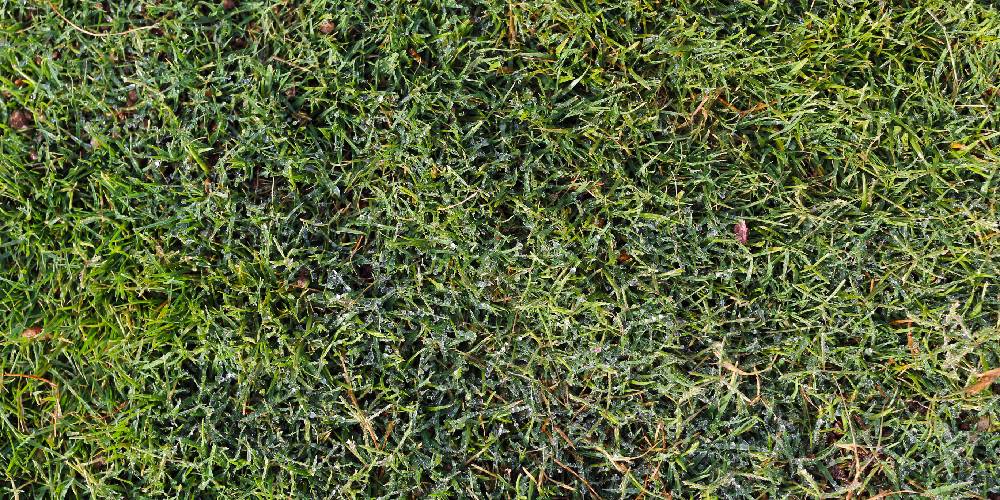
Max Warehouse cares about your garden
Applying crabgrass preventer at the right time is crucial for maintaining a healthy and vibrant lawn. Timing is everything regarding lawn care; using the right products can make all the difference. At Max Warehouse, we offer a wide range of lawn care products, such as weed killers, plant food and fertilizers, garden hoses, and more, to help you keep your lawn in top condition.
We are committed to providing our customers with a wealth of information and resources to help them with their gardening and home improvement projects. That's why we encourage you to explore our blog, where you'll find a treasure trove of tips, tricks, and advice on everything from lawn care to DIY home renovations. So whether you're a seasoned gardener or a DIY enthusiast, visit Max Warehouse and discover how we can help you achieve your gardening and home improvement goals.
Sources consulted:
- https://planttalk.colostate.edu/planttalk-coloradotm-espaol/cespedes/1513-garranchuelo/
- https://es.hometalk.com/diy/exteriores/repelente-de-insectos/cmo-eliminar-el-garranchuelo-y-evitar-que-vuelva-a-aparecer-44663587
